An Introduction to Garment Ease
Ease is the difference between your body measurements and the finished garment measurements. It’s calculated using a simple formula:
Finished garment measurement — Body measurement = Ease
Ease plays a crucial role in how clothes fit, feel, and function. It determines whether a garment feels comfortable and moves naturally with the body, or feels too tight or too loose.
Different styles incorporate ease in different ways. Some garments are designed with extra fabric to allow for movement and comfort, creating a relaxed, roomy fit. Others use minimal or even no additional fabric for a close-fitting silhouette that hugs the body.
Understanding how ease works helps you predict how a garment will fit before you start sewing. Choosing the right amount of ease ensures the garment looks intentional and feels comfortable—rather than accidentally too tight or overly loose.
When ease isn’t quite right
Too little ease can cause:
- Tightness and restriction, especially when sitting, reaching, or bending.
- Pulling at seams or visible drag lines.
- Fabric riding up or digging into the body.
- Gaping buttons, popping zippers, or closures that just won’t stay closed.
Too much ease it can cause:
- A baggy or oversized appearance in areas that aren’t intended to be.
- Loss of shape or structure, making the garment appear like it’s swallowing the body.
- Sagging, bunching, or awkward draping.
- Excess movement when walking, bending, or lifting.
- A feeling that the garment shifts or slides around the body instead of staying in place.
Types of ease
Ease can serve different purposes. These are the two main types:
- Wearing ease: The minimal amount of extra space (or fabric) added to allow for everyday movement and comfort—sitting, reaching, walking. This is important for functionality, even in those more close-fitting garments.
- Design ease: Extra ease added beyond wearing ease to create a particular style or silhouette. Think oversized shirts, voluminous sleeves, or wide-leg trousers — all of which rely upon design ease to achieve their look.
Levels of ease
Levels of ease can be used to describe the specific relationship between the body’s measurements and the garment’s measurements.
- Positive ease (larger): The garment is larger than the body, providing extra room for comfort, movement, or a particular style. This is common in most everyday clothing.
- Zero ease (same): The garment’s measurements match the body exactly, creating a close, snug fit that hugs (without squeezing) the body. This fit usually works only with stretch fabrics or very tailored designs (think gloves or a fitted bodice).
- Negative ease (smaller): The garment is smaller than the body and stretches to fit. This level of ease relies on the fabric’s elasticity and is common in knit or stretch garments such as swimwear and activewear. In woven fabrics, negative ease is uncommon and is usually reserved for those highly structured pieces like corsetry.
Degrees of ease
You may also come across the term “degrees of ease.” This usually refers to garments with positive ease, and describes the range of fit—from close-fitting to loose-fitting. In other words, it indicates how the garment fits in relation to the body.
- First-degree ease (close fit): This level includes minimal ease, giving the garment a body-skimming, tailored feel. It allows just enough room for basic comfort and movement.
- Second-degree ease (regular fit): A moderate amount of ease is added here, making it comfortable and suitable for layering. This strikes a balance between some structure and freedom of movement.
- Third-degree ease (loose fit): This includes generous ease for layering, or insulation (think outerwear). The focus here is on mobility and comfort rather than shaping.
How to identify your preferred amount of ease?
If you’re anything like me, the more ease, the better—I love oversized, loose-fitting clothes that feel comfortable and effortless.
If you’re interested in finding out more about ease and maybe how much you tend to prefer, simply start by taking a look in your own wardrobe and trying out one of these simple tests:
- Movement test: Put on the garment and move around —lift your arms, sit down, and reach forward. The more freely you can move, the more ease the garment likely has.
- Pinch test: While wearing the garment, gently pinch the fabric at the fullest part of those key areas, like the bust, waist, and hips.
-
- Less pinch = closer fit and less ease.
- More pinch = looser fit and more ease.
-
- Compare styles: Lay out two garments with different fits — for example, a fitted T-shirt and an oversized one, or skinny jeans vs. wide-leg trousers. Place one on top of the other and look at the difference in size and shape. Notice where the extra fabric is located. This may help see where and how ease is added and its affect on the overall fit and silhouette.
- Compare fabrics: Compare how ease works in stretch and non-stretch fabrics.
-
- Stretch knits often have less ease or even negative ease, as they hug or stretch over the body.
- Non-stretch fabrics, like linen, which don’t offer much flexibility, need more ease to allow for movement.
-
- Measure: For a more accurate result, grab a tape measure and measure your body at those key points. Measure the same areas on your garment (lay flat and remember to double for full circumference). The difference between the two is the ease.
Ease is really just about how your clothes fit, feel, and move with your body. Figuring out the right amount for your body and style can make a big difference in how comfortable you feel and how your clothing looks.
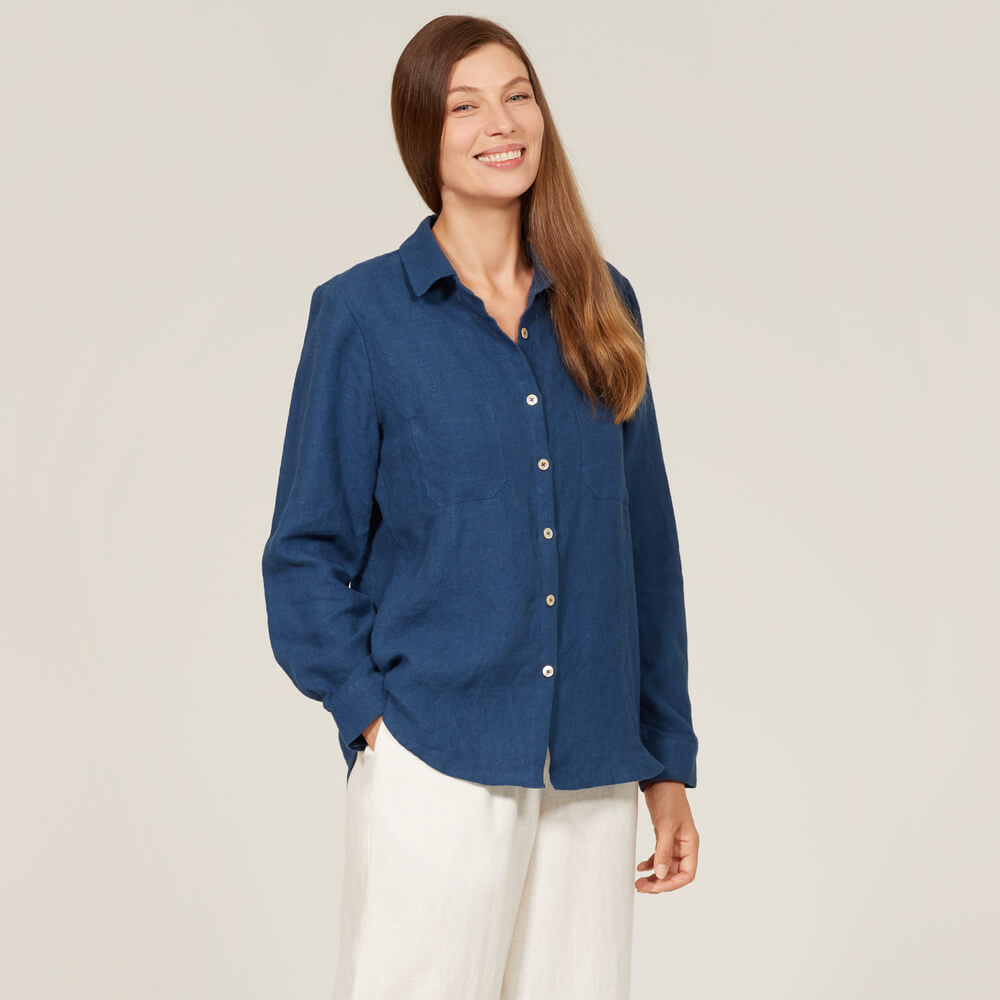

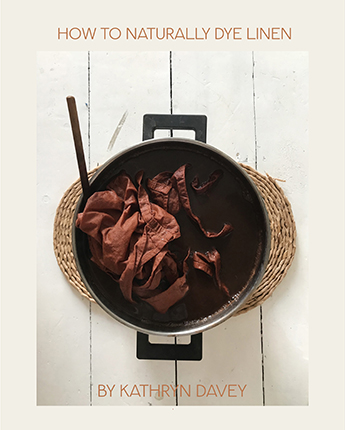
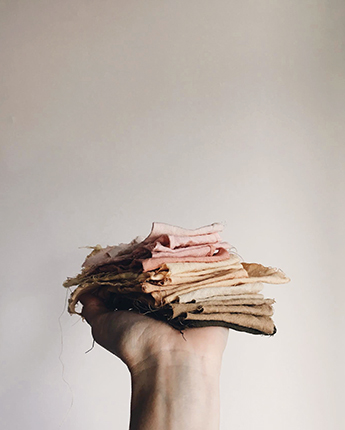

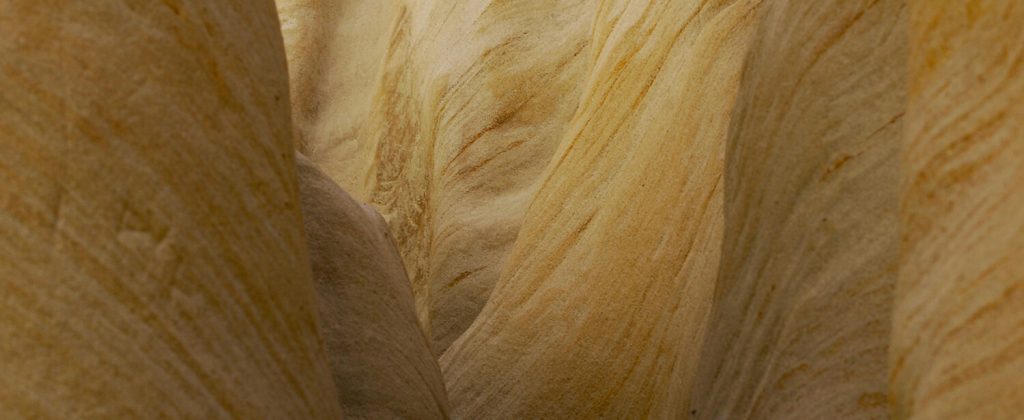


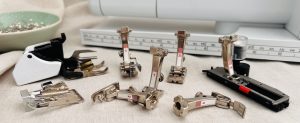
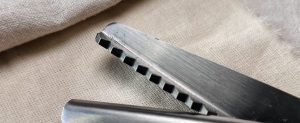
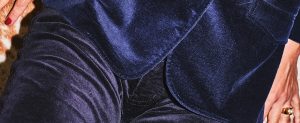
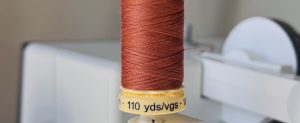



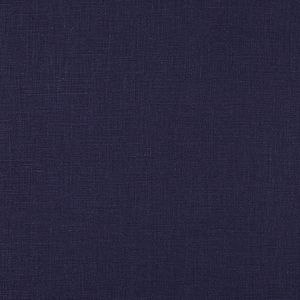
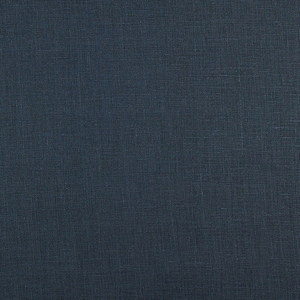
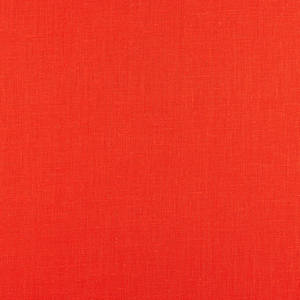
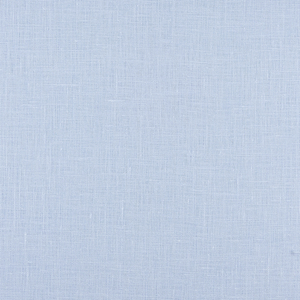
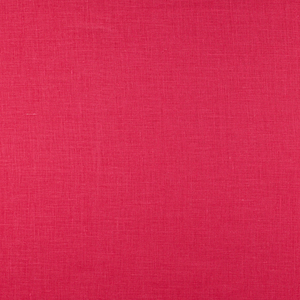
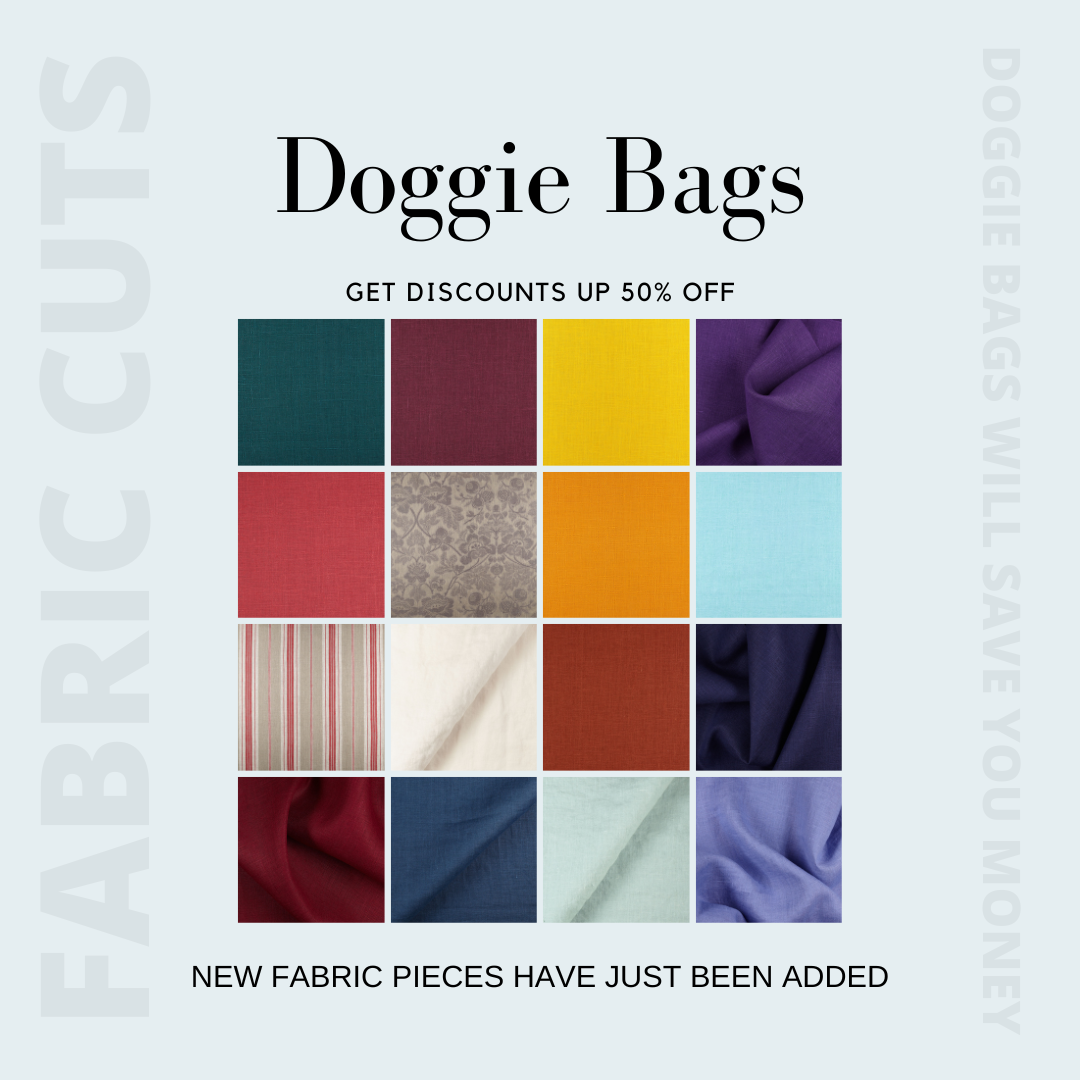


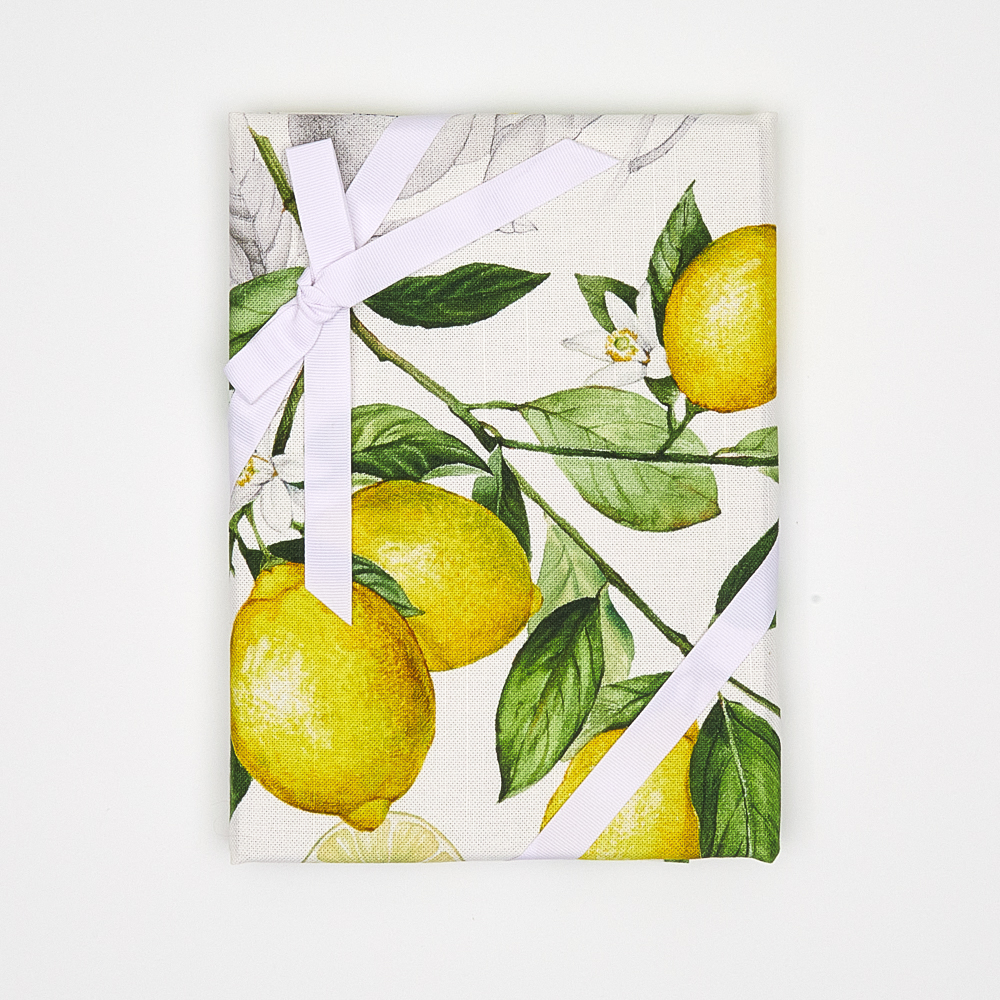

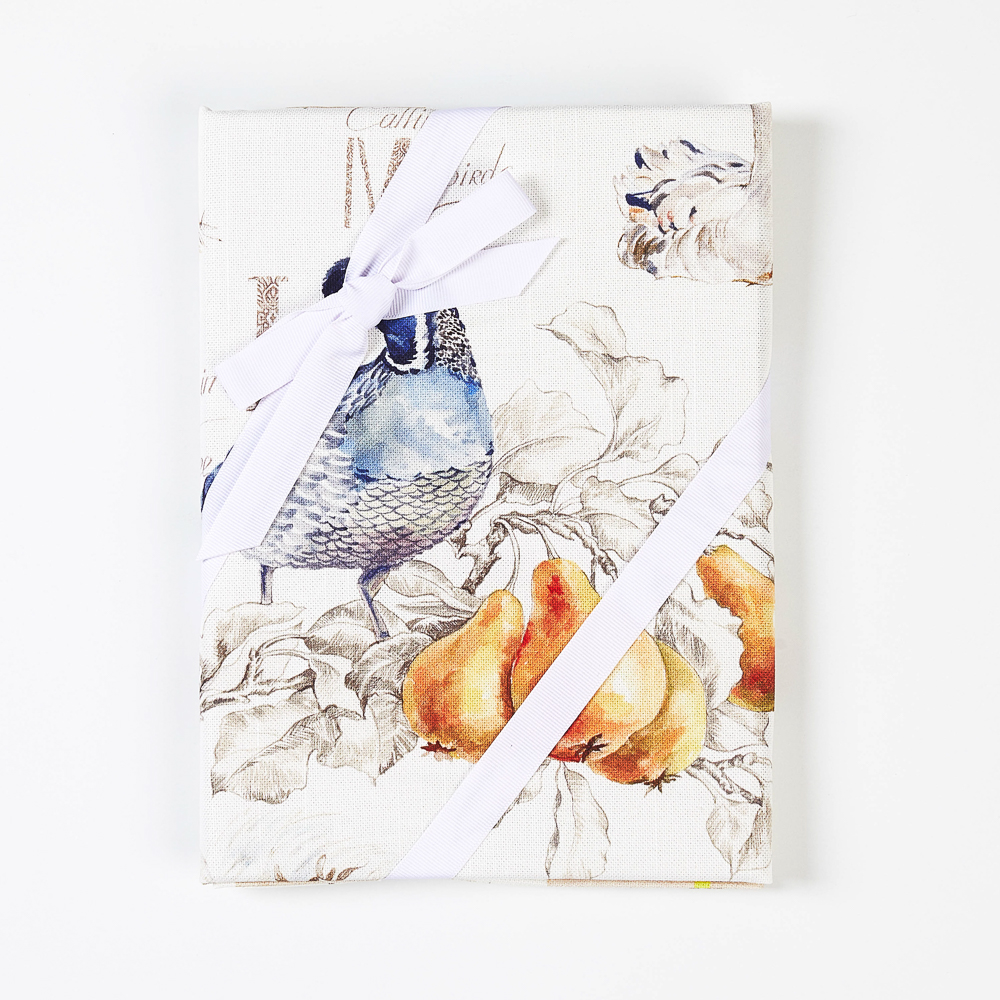
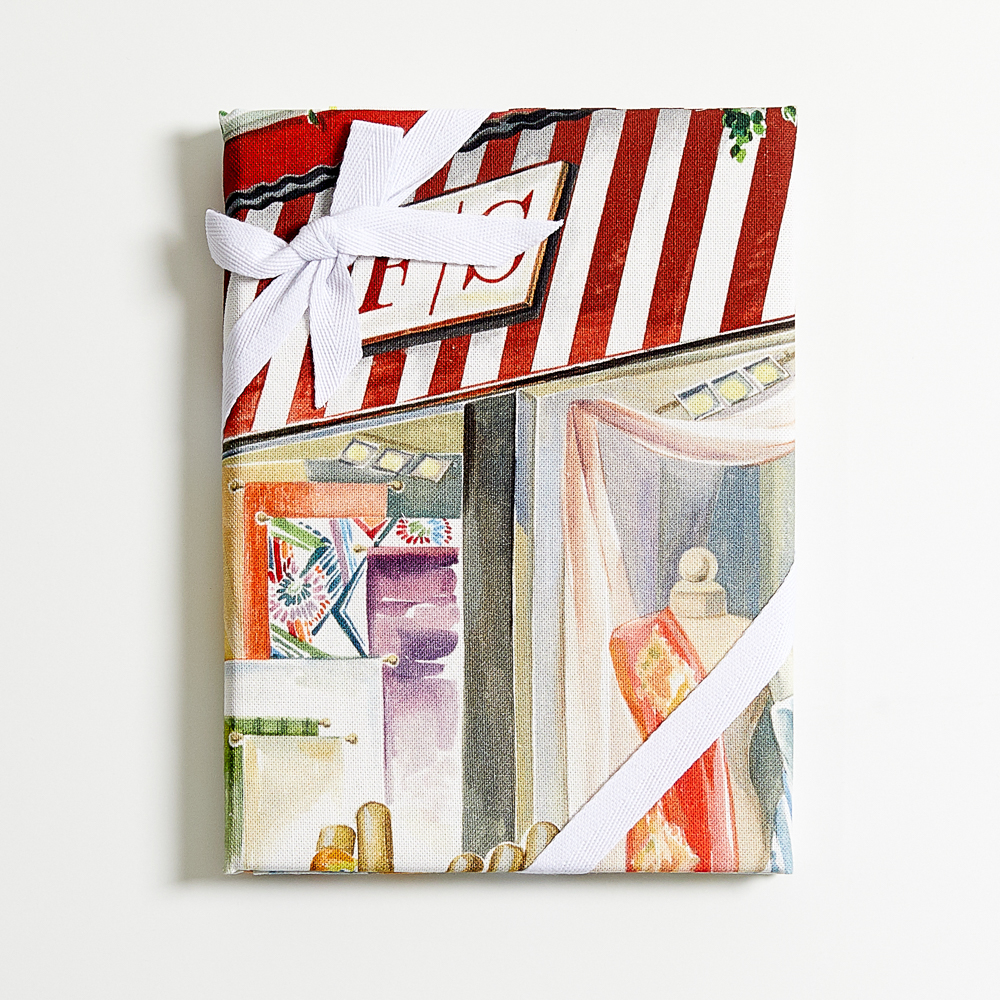
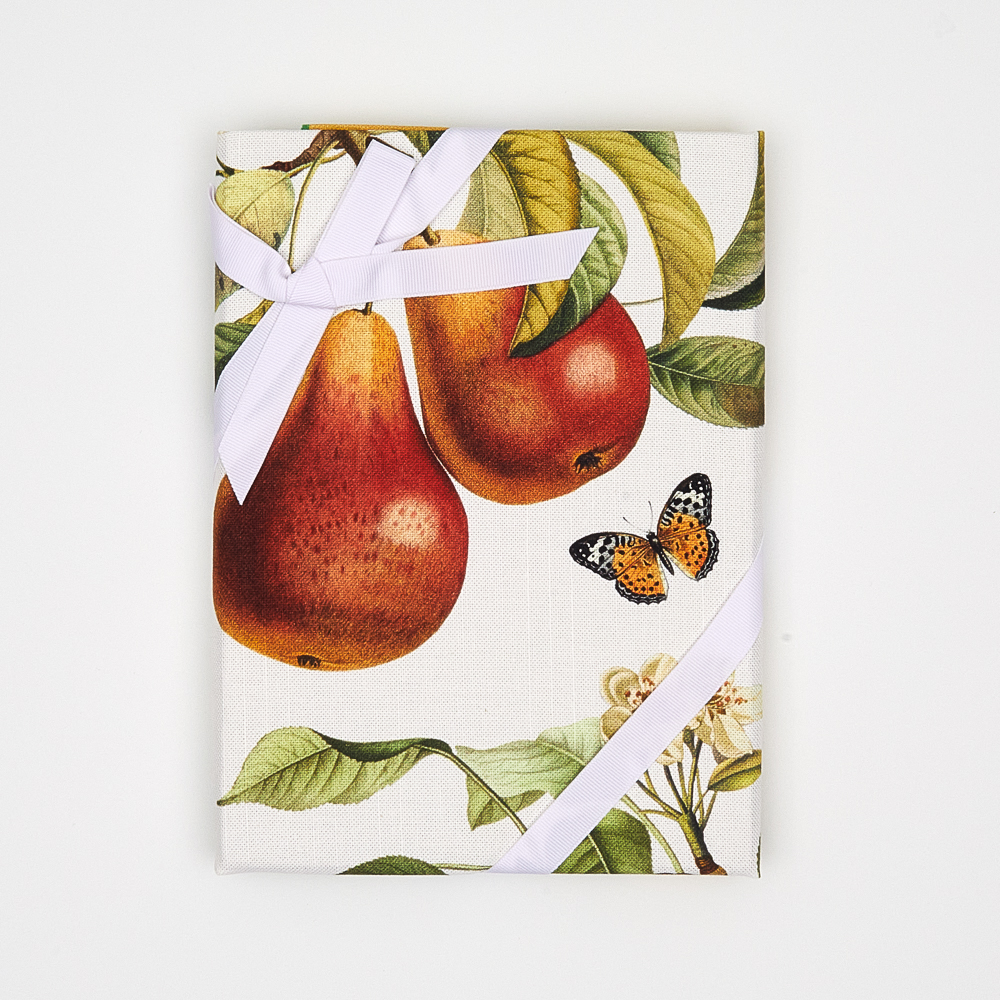


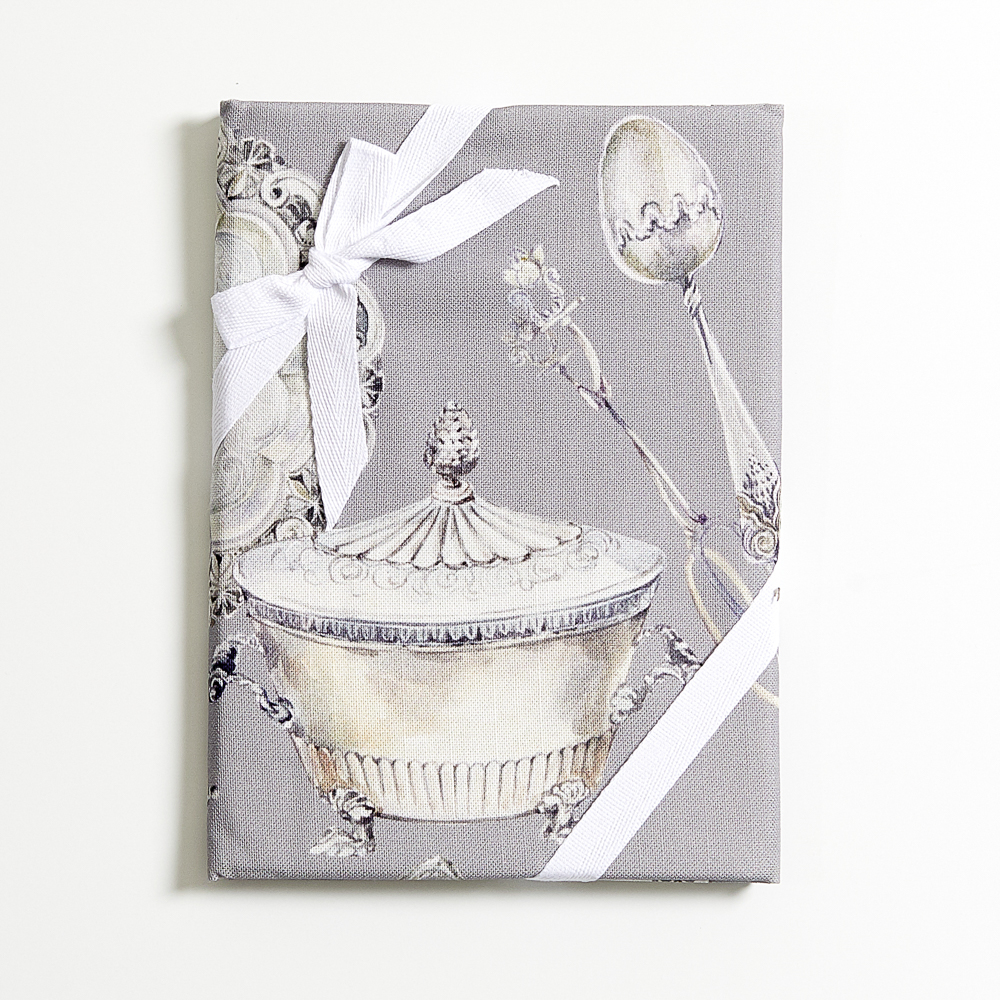

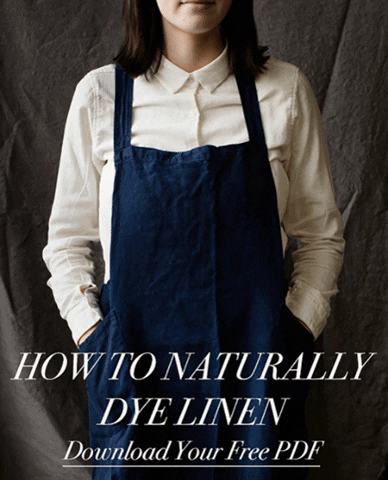
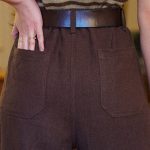
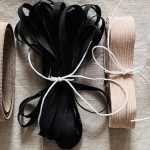

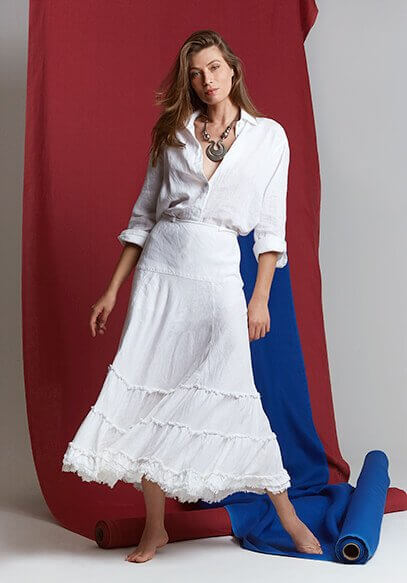
Leave a comment